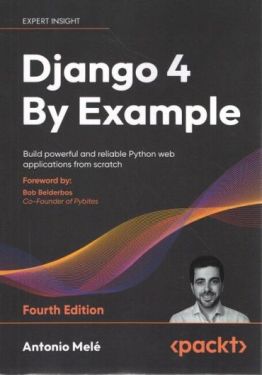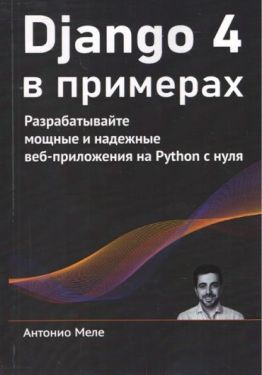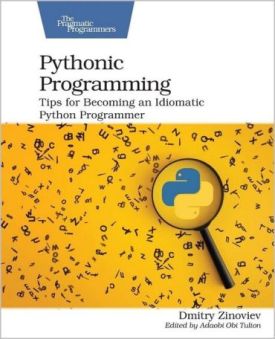Python for Geospatial Data Analysis. Theory, Tools, and Practice for Location Intelligence 21441
In spatial data science, things in closer proximity to one another likely have more in common than things that are farther apart. With this practical book, geospatial professionals, data scientists, business analysts, geographers, geologists, and others familiar with data analysis and visualization will learn the fundamentals of spatial data analysis to gain a deeper understanding of their data questions.
Author Bonny P. McClain demonstrates why detecting and quantifying patterns in geospatial data is vital. Both proprietary and open source platforms allow you to process and visualize spatial information. This book is for people familiar with data analysis or visualization who are eager to explore geospatial integration with Python.
This book helps you:
-Understand the importance of applying spatial relationships in data science
-Select and apply data layering of both raster and vector graphics
-Apply location data to leverage spatial analytics
-Design informative and accurate maps
-Automate geographic data with Python scripts
-Explore Python packages for additional functionality
-Work with atypical data types such as polygons, shape files, and projections
-Understand the graphical syntax of spatial data science to stimulate curiosity
Dr. Bonny P McClain is a member of the National Press Club, 500 Women Scientists, and Investigational Reporters and Editors allowing access to a wide variety of health policy and health economic discussions. Bonny applies advanced data analytics including data engineering and geoenrichment to discussions of poverty, race, and gender. Her research targets judgementsabout social determinants, racial equity, and elements of intersectionality to illuminate the confluence of metrics contributing to poverty. Moving beyond zipcodes to explore apportioned socioeconomic data based on underlying population data leads to discovering novel variables based on location to build more context to complex data questions.
In order to influence change or pathways to mitigate factors contributing to “poverty” we need to evaluate the measures that influence the social context. Core themes of racism, class exploitation, sexism and nationalism and heterosexism all contribute to social inequality. Professionally and personally she redefines how we measure these attributes and how we can more accurately identify factors amenable to intervention. Spatial data hosts a variety of physical and cultural features to reveal distribution patterns helping analysts and data professionals understand underlying causes of these patterns. The ability to query these relationships can inform policy and identify solutions.
Bonny is a Tableau User Group Leader, Tableau Speaker’s Bureau member and Data Analytics Professional. Her professional goals include working to improve data literacy through education, Tableau skill integration, as well as R, Python, and Tableau Prep tools, exploring large datasets and curating empathetic answers to larger questions--making a big world seem smaller.
Table of contents
- 1. Introduction to Geospatial Analytics
- Conceptual Framework for Spatial Data Science
- Places as Objects (Points, Lines, and Polygons)
- 2. Essential Facilities for Spatial Analysis
- 3. QGIS: Python for Spatial Analytics
- 4. Geospatial Analytics in the Cloud: Google Earth Engine and Other Tools
- 5. OpenStreetMap: Accessing Geospatial Data with OSMnx
- 6. ArcGIS Python API
- 7. Geopandas and spatial statistics
- About the Author
- АвторBonny McClain
- КатегоріяПрограмуванняБази даних
- МоваАнглійська
- Рік2022
- Сторінок200
- Формат155х220 мм
- ОбкладинкаМ'яка
- Тип паперуОфсетний
- ІлюстраціїКольорові
- ЖанрМови програмування



























допоможіть тим, хто ще не читав